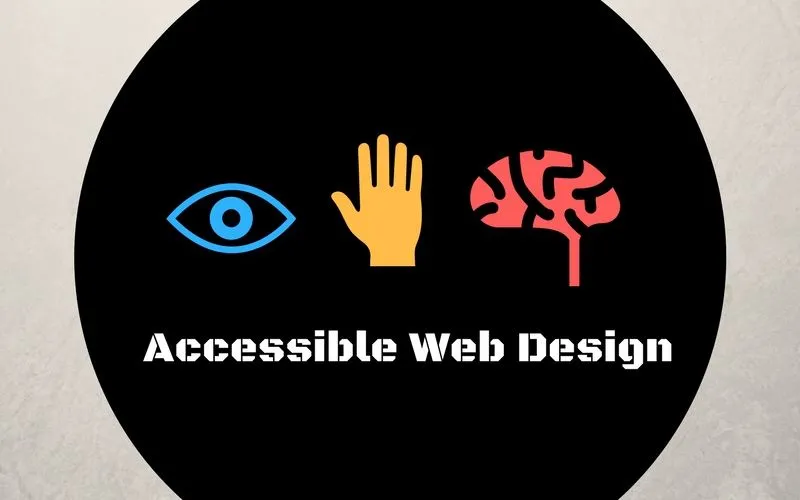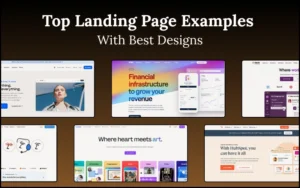As website design continues to become increasingly important in our very technical world, a new buzzword has emerged among web designers: accessible web design. This concept is now receiving increased attention as its importance and significant value-added are recognized.
Table of contents
What Is Accessible Web Design?
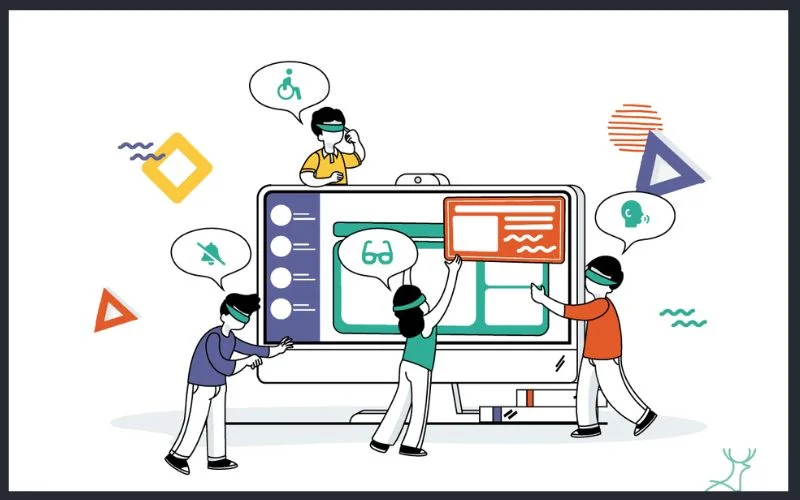
Accessible web design refers to designing websites to make it possible for people with disabilities to successfully use the website and access all its information and features. This type of web design involves optimizing the site for potential users with a wide range of disabilities, including:
- physical
- visual
- auditory
- communication
- cognitive
- neurological
Why Is Accessible Web Design Important?
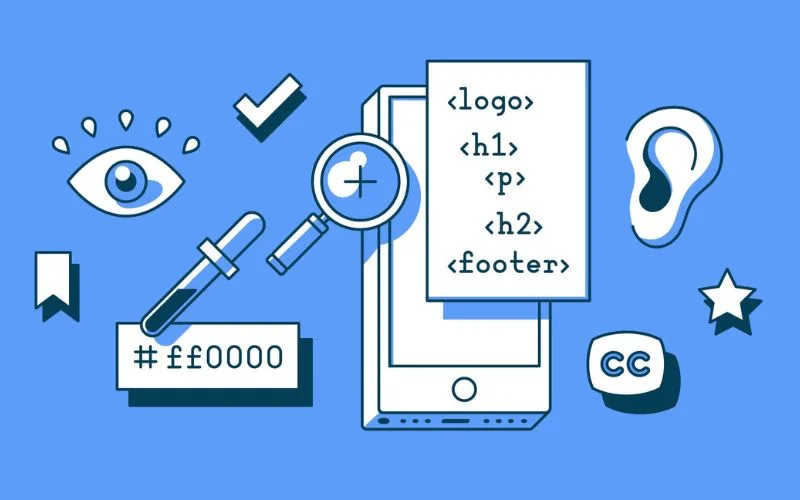
Accessible design should be a key consideration when creating a website. Attention to this aspect of design has several important benefits for all websites.
Maximize Your Website’s Possible User Base
Regardless of your website’s intended audience, it is statistically likely that people with disabilities could be among the potential visitors to your site. People naturally prefer to visit sites they can navigate easily and use fully without barriers to access. Most internet experts, including the web giant Google, encourage the development of accessible websites to broaden a site’s potential user base by including the estimated 1 billion people worldwide who have a disability. Accessible website design will maximize the number of people who can use your site.
Improve The User Experience For All Of Your Site’s Visitors
Accessible web design will benefit your website overall by improving the user experience for everyone, disabled or not. Accessible UI design is closely related to responsive design, ensuring your website works across various devices and in different ways people might prefer. Designing an accessible site will maximize your users’ flexibility to customize their browsing experience.
Keep Your Website Up To Date With Current Global Standards
The main international organization that sets protocols and guidelines to improve people’s internet experience – The World Wide Web Consortium or W3C – has studied the importance of accessible sites and the best ways to design them. While the recommendations of the W3C are not legally binding, they form the basis of the standards many websites conform to, and designing your website under the best practices suggested by a preeminent web authority will keep your site at the cutting edge of web design.
Maintain Your Website’s Rankings And Competitive Edge
Designing an accessible website will improve your site’s popularity with users and increase your site’s visibility to as many users as possible. Accessibility in web development impacts your site’s SEO and can affect its place in rankings. Many accessible features of websites make it easier for the site to be read and indexed by the web crawlers that populate search engines, and accessible UI design principles that improve the site, in general, will tend to benefit the site’s rankings as a result of the improvements.
How Can Website Design Improve Accessibility?
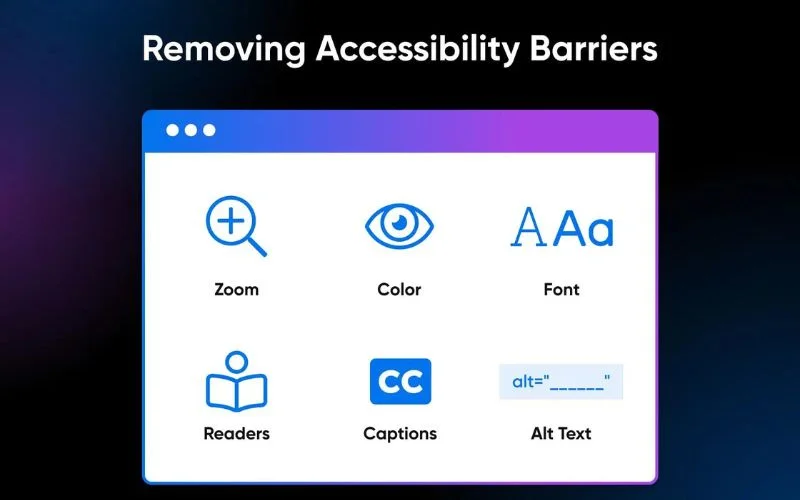
How can you ensure that your site is accessible and obtain the significant benefits that will result? Design your site with flexibility and adaptability. Wherever possible, provide information in formats that work best for users.
Consider how your site is laid out. Will it be simple and intuitive to navigate? That is essential for some users, such as those with visual or cognitive impairments, and anyone would appreciate a site that’s easy to use.
Website design can consider whether the site is compatible with various assistive technologies that people with disabilities might use. It can even create an effective site with some customization options through which users can make the site’s appearance more suited to their tastes or needs.
Check out this blog to learn about best practices for website design.
Web Accessibility Guidelines
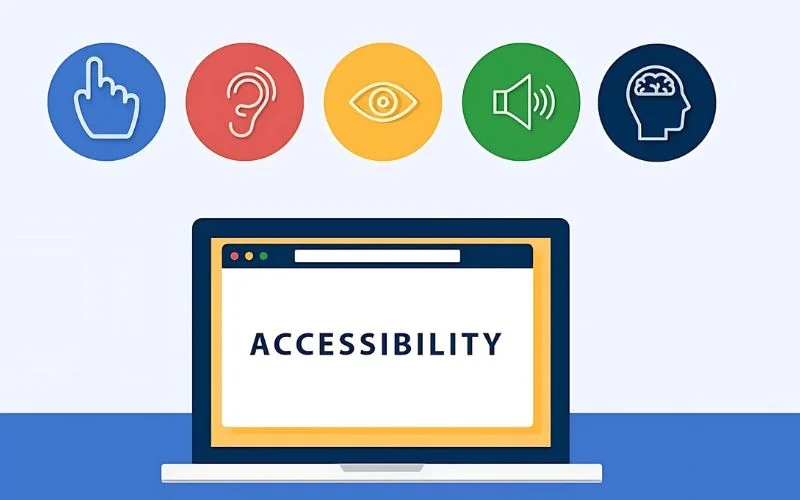
Ensure you deliver information in multiple ways, such as text and graphics. If a user has challenges in one area, they can still access the information on your site through another medium. Additionally, screen readers generally cannot interpret pictures but look for image descriptions to convey the main ideas of the image to blind users.
Be mindful of the colors and fonts chosen for your website. Not only can this help you make the site accessible for users with visual disabilities, but it is also a good reminder to pay attention to the aesthetic appearance of your page. All users appreciate an attractive and easy-to-read design.
Ensure that your site is organized clearly and easy to navigate. This will help users with assistive technology, those with difficulty processing complicated information, and people who might become confused by a chaotic visual layout. In addition, organization and intuitive navigation are key components of general user experience optimization for all users.
You can find extensive information on designing accessible webpages from organizations such as the WAI through W3C. Additionally, you can use automated tools to check how accessible your website’s design is.
Like this post? Check out more fantastic web design content here.
